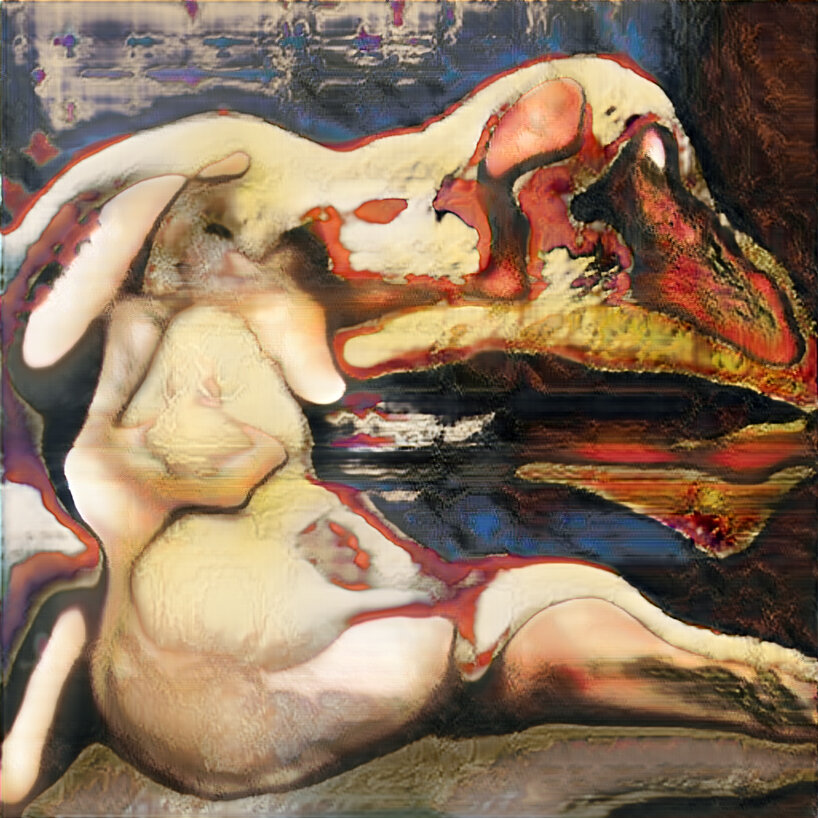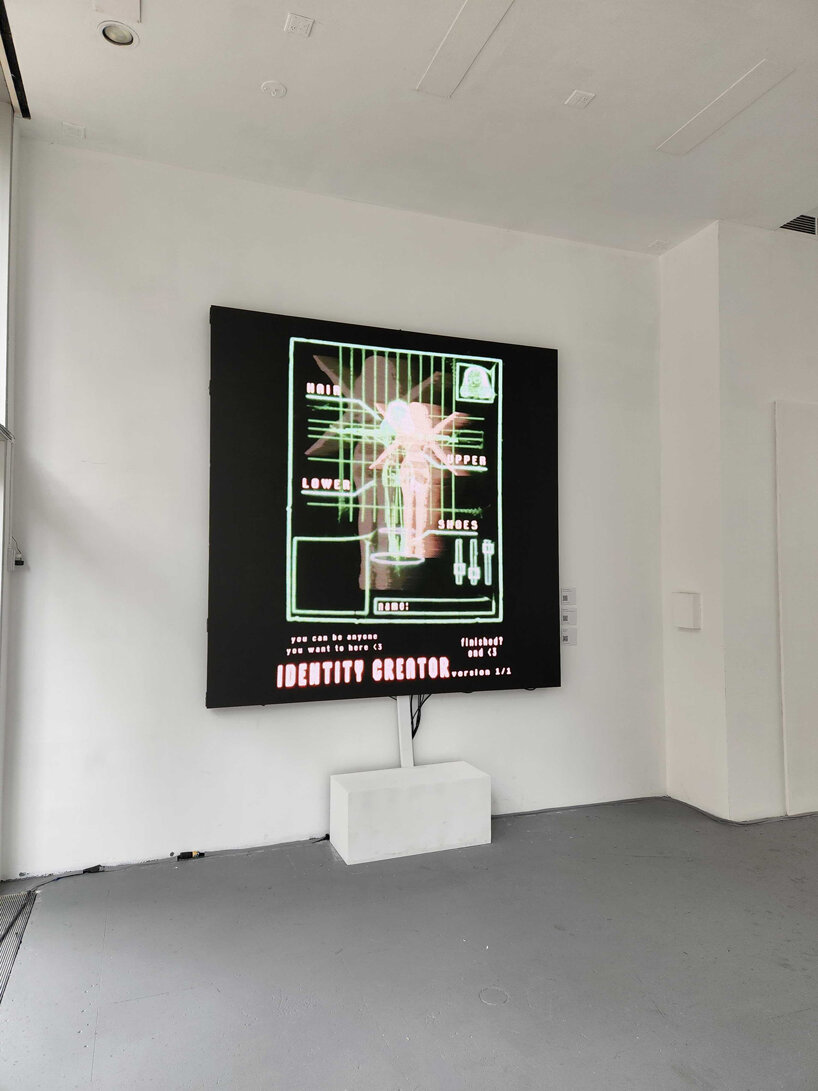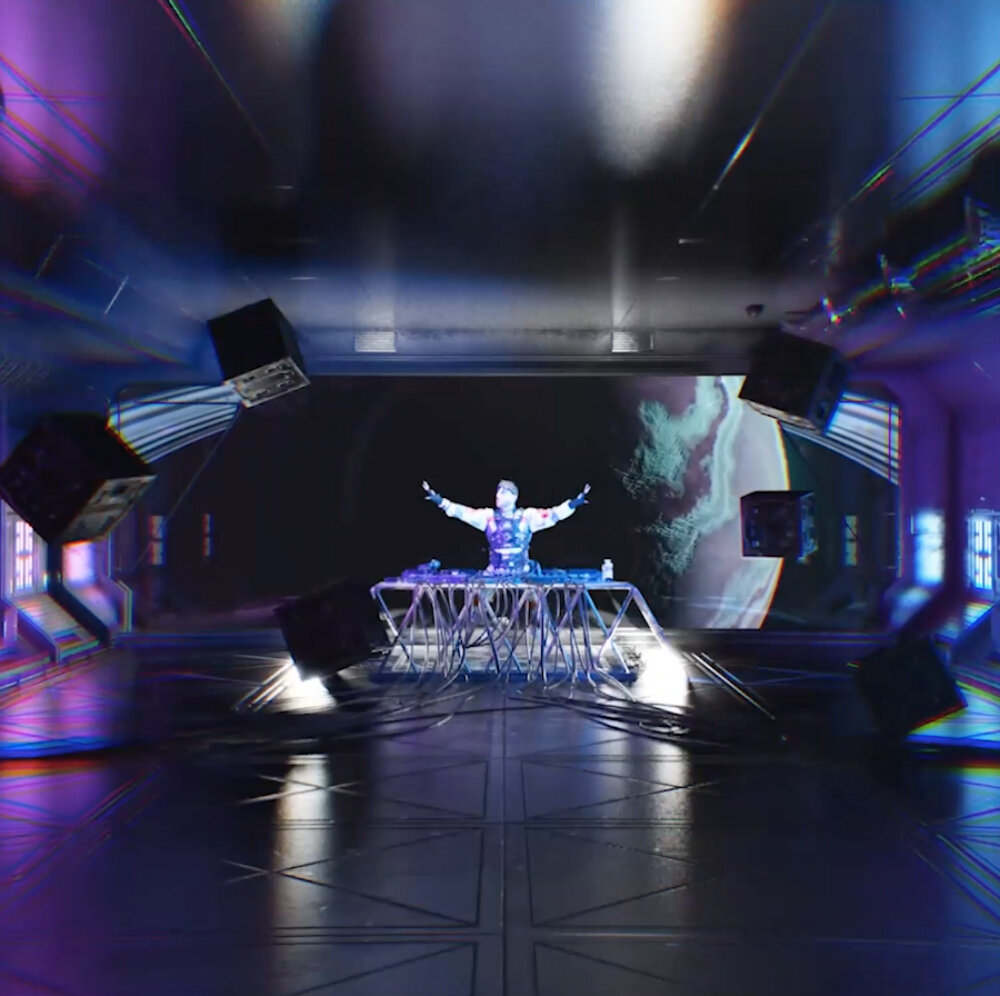pioneering NFT platform dedicated to original cryptoart
Since its launch in 2018, digital art platform SuperRare has been at the forefront of the CryptoArt market. Built on the Ethereum blockchain, the curated marketplace was created with the goal of empowering the next generation of artists through technology, and has helped artists and collectors around the world sell more than $280M USD worth of single edition NFT art so far. The platform, founded by John Crain, Charles Crain and Jonathan Perkins, has launched multiple high-profile NFT drops over the years, including Krista Kim’s Mars House, which marked the platform’s first primary sale over $500k last March, and DΞSTINATION HΞXAGONIA by Dutch DJ Don Diablo, which was the first primary sale over $1m when it sold for $1,259,280 last year.
In 2021, SuperRare transitioned to a decentralized autonomous organization (DAO) by introducing $RARE, a curation token that enables its community to have a say and ultimately control the platform. ‘The idea is for the art market to be owned by the people, the artists and collectors that are using it,’ co-founder & CPO of SuperRare Labs, Jonathan Perkins, tells designboom. On November 3, 2022, the platform also announced the launch of RarePass, an innovative new collecting pass that offers holders a year-long CryptoArt collecting experience with monthly drops from top SuperRare artists. The first pass goes up for auction via SuperRare on November 15, setting the price for a Dutch Auction of the remaining RarePasses to follow at a dedicated RarePass website.
‘Our vision is the convergence of the online creative economy with the art market,’ Perkins explains. ‘We see a future in which there’s millions of artists and billions of art collectors, and where literally anyone with an internet connection and a smartphone can become a collector.’ To find out more about SuperRare and the future of art collecting, read our interview in full below.

Matt Kane, CRYPTOART MONETIZATION GENERATION, 2022 | all images courtesy of SuperRare
INTERVIEW WITH SUPERRARE CO-FOUNDER Jonathan Perkins
designboom (DB): What is SuperRare?
Jonathan Perkins (JP): SuperRare is a digital art platform built on Ethereum. When we launched in 2018, we were the first place where artists could mint their works as NFTs. There were a few other things going on with NFTs in the early days but we were the first platform focused on the art market. For about the past five years, we’ve maintained a laser focus on art and culture, and we see the key innovation of NFTs as enabling collecting to go digital. Since the beginning, we’ve been building a very vibrant community of digital artists worldwide and enabling collectors to collect digitally for the first time. We were very early to the market, and for the first few years we were really focused on helping develop the collector market, because not many people were collecting digital art, it was a kind of new concept in 2018. In the past two years, there’s been this big explosion and awareness of NFTs and that’s enabled us to really grow and continue reinvesting in the community.
Last summer, in 2021, we announced that SupeRare was becoming a DAO, which is a Web3 native way to become a user-controlled and user-owned platform. We launched $RARE, SuperRare’s curation token, which is the thing that enables our community of artists and collectors to have a say and ultimately control the platform. They have a say on things such as curation on the platform, the fees, the royalty structures, and so on. It’s kind of like a distributed cooperative, or a corporate board. The idea is for the art market to be owned by the people, the artists and collectors that are using it.

‘AI Generated Nude Portrait #1’ by Robbie Barrat (@videodrome) sold for $12k, to collector CuriousNFTs on the secondary market
DB: Can anyone participate in the platform, or does it need to be a verified group of people, like specific artists or a collector that has collected a certain amount of works?
JP: Anyone can hold some $RARE tokens and there’s a few different ways to participate. One really major way to participate is to elect Spaces, which are sub galleries on SupeRare that are elected by the community, so by $RARE holders, essentially. We’ve tried to make it fun, a lot of crypto governance is very dry, boring, and very finance forward, we’re trying to be very social and art forward. We made a kind of social game called the Space Race, where galleries submit their proposal and present the type of community they would build on SuperRare, the type of art they would curate, and the connections they have. The community then votes on the top favourites from this cohort.
XCOPY’s ‘Right- click and Save As guy’ marked the platform’s highest sale for an artwork: $7,088,230 on December 2021
DB: It also functions a bit like a social network, right?
JP: Yeah, absolutely.
DB: How did you decide to create a social network dedicated to crypto art instead of just using the existing ones?
JP: We think that the arts, creativity, and particularly art collecting are inherently social. If there’s one thing social media has taught us is that people love to share what they’re excited about, interact and comment on things on the internet. From the very early days of SuperRare, one of the first features we built was a user profile that you could follow. We used patterns from social media sites because, like I said, we think art collecting should be social. One thing that’s very interesting about collecting NFT art, unlike physical art, is that everyone can see your collection at anytime. There is this early misconception that NFTs were supposed to make it so that only the owner can see the art. We had to explain this a million times in the early days, when people would say, oh, it’s cryptography, you’re locking it down, you’re hiding the art in your basement. It’s completely the opposite, if you own an NFT everyone in the world can see the art and everyone in the world can see that you own it — that’s very powerful.
Think about media on the Internet, for example, what is the most watched video on YouTube? It’s probably Baby Shark Dance, with more than 11 billion views, which is extremely rare. Having something that everyone in the world has seen is a very rare occurrence and there’s value in that. We are applying the physics of the Internet, where everything is open and visible, to art collecting and that makes it inherently social.

‘Red’ by Pak, a single-pixel artwork sold for $7,154 sparking controversial discussions
DB: How do you select featured artists? Can anyone sell their work on SuperRare or do you have a selection process? What do you look for in the artists that you feature?
JP: The question of who gets to be an artist on the platform immediately came up in the early days. We were just three people writing code from a coffee shop in New York at the time and we said, well, the least bad solution is just to have a way for people to get a hold of us, we’ll have a phone call with them and if they seem like a real artist we let them on. It’s a challenging thing to address and to scale up. For the past few years, we’ve maintained this through a curation team that reviews artists’ applications, and we try to be quite exclusive about it because there’s more demand from artists than there is from collectors, and there always has been. We didn’t want to have a platform with 100,000 artists and 1,000 collectors, because the market probably wouldn’t have taken off.
But this is all evolving, and like I mentioned, the idea with the DAO is that control of SuperRare, is ultimately released by us, the founding team. Unlike, say the Apple App Store, which is very tightly controlled by a corporation, we are creating a system by which there’s many curators, each with independent control to list artists and bring them into SupeRare. We’re essentially reinventing ourselves into this more decentralised way, where there’s going to be dozens of different curators. Rather than asking who the Super Labs team is curating, it can be like who is this museum curating, or who is this journalist curating. Through the selection process of the Space Race I mentioned before, we already have about 18 curators working on SupeRare, including well known traditional art institutions, newer crypto-native art institutions, some are collectors, some are artists, collectives, and there’s increasingly interest from more household name brands. The idea is that these curators are joining the network and they’re incentivized to help artists join and sell their works.

Krista Kim, Mars House, 2021 | more on designboom here
DB: What changes with Ethereum’s transition to proof of stake? How do you think this impacts the artistic community, and how do you see it affecting platforms like yours?
JP: The Ethereum community is pretty unique. From when they first launched in 2015, there’s been a very strong desire to evolve the platform into a more sustainable technology. The first seven years were really this era where everyone knew this was very unideal. It was using the same consensus mechanism as Bitcoin, which is incredibly electricity intensive, and depending on where the electricity is being consumed in the world, it emitted varying degrees of carbon emissions. It’s been a situation where we’ve all been very eager to get away from.
Long story short, for those of us building a very public, very social platform, and one in which there is not a native degree of technical understanding, it’s certainly been a problem. A lot of artists have taken flak from other people who hear, maybe correctly or incorrectly, facts about what’s going on. Meanwhile, we’ve always just kept the mindset of knowing this evolution is happening, and that this was a temporary situation. So all that is to say, I’m very, very excited that this change occurred, and the plan has gone really well so far. The case is that Etherium is using nearly 99.5%+ less electricity than it was before, and we are now talking with artists who’ve been waiting on the sidelines to get started, whether it was for their own beliefs or perception from their fans. One, I’m glad the technology worked and that we got there without a without a hitch, and two, it’s really exciting to see just the evolution of this community into a cleaner future.

freeross, Ross Ulbricht Genesis Collection — sold for $6,280,904 on 15 December 2021
DB: I know that you’re a digital platform first and foremost, but I was wondering if there are any physical extensions to what you’re doing with artists? For example, can you tell me more about your partnership with 0x society?
JP: Yes, absolutely. This summer we had a pop up Gallery in New York City, in Soho, which was a community space that we sponsored and was home to many events and exhibitions. That was our best attempt at showing the art world that digital art is real, and we had invested a lot in the digital displays there. That was a pop up through the summer, so we just closed that. Now we have a few smaller upcoming experiments, partnerships with other folks in the community. 0x society is a physical gallery in Montreal, and we’re doing a collaboration with them, co-curating and doing a bunch of events around that. The physical part is super important, even if active collecting is all digital, I think especially post COVID, we all very much believe that getting out in the real world and meeting people IRL is still very important. The reaction that we’ve gotten from artists and collectors when they see their work up on the wall in a huge digital screen in a physical space makes what we’re doing very real. It creates a lot of excitement in the community.
XCOPY, A Coin for the Ferryman (2018), sold for $6,017,292 on November 2021
DB: Do you also imagine showcasing artworks differently in physical spaces? For example, through augmented reality, or things that interact with the space in a more immersive way?
JP: Yes, there’s been a lot of experimentation with that. We don’t have any official features towards that right now but there are a lot of artists tools. Actually, I was just in the gallery a couple of weeks ago, and there was an artist there giving out cards, and you could scan it with a QR code and then there would be an AR sculpture in the gallery that you can spin around on the screen with your phone. There’s some artists doing really, really cool stuff with AR. They’ll make a physical print, it can be a T-shirt or something on the wall, and then you look at it in AR and it really comes to life. There’s sound, it’s sort of animating, and kind of leaps off the screen. There’s a lot of different, really cool experimentation happening with that too.

Dmitri Cherniak, ‘A slight lack of symmetry can cause so much pain’, 2021
DB: How do you imagine SuperRare expanding in the future?
JP: Big picture, we see this as a massive digitization of art collecting. If you think about art collecting historically, it’s been kind of a niche market, meaning there’s only a few thousand participants in it, and it has always been physical. I think an analogous market would be gaming. If you look at gaming 50 years ago, it was mostly about board games, and there was probably a few tens of thousands of people playing a game on any given day or month. Through digitization, that market has become a hundreds of billions of dollars per year industry. There’s over two billion active gamers every month, and it’s gotten much more casual, mobile and massively mainstream. Our vision is the convergence of the online creative economy with the art market. We see a future in which there’s millions of artists and billions of art collectors, and where literally anyone with an internet connection and a smartphone can become a collector.

Robbie Barrat, AI Generated Nude Portrait #4, 2018

physical SuperRare Gallery launched in SoHo, NYC, from May to August 2022

gallery pop up in New York City powered by $RARE token

SuperRare founders Charles Crain (left), John Crain (center), and Jonathan Perkins (right)


project info:
platform: SuperRare














